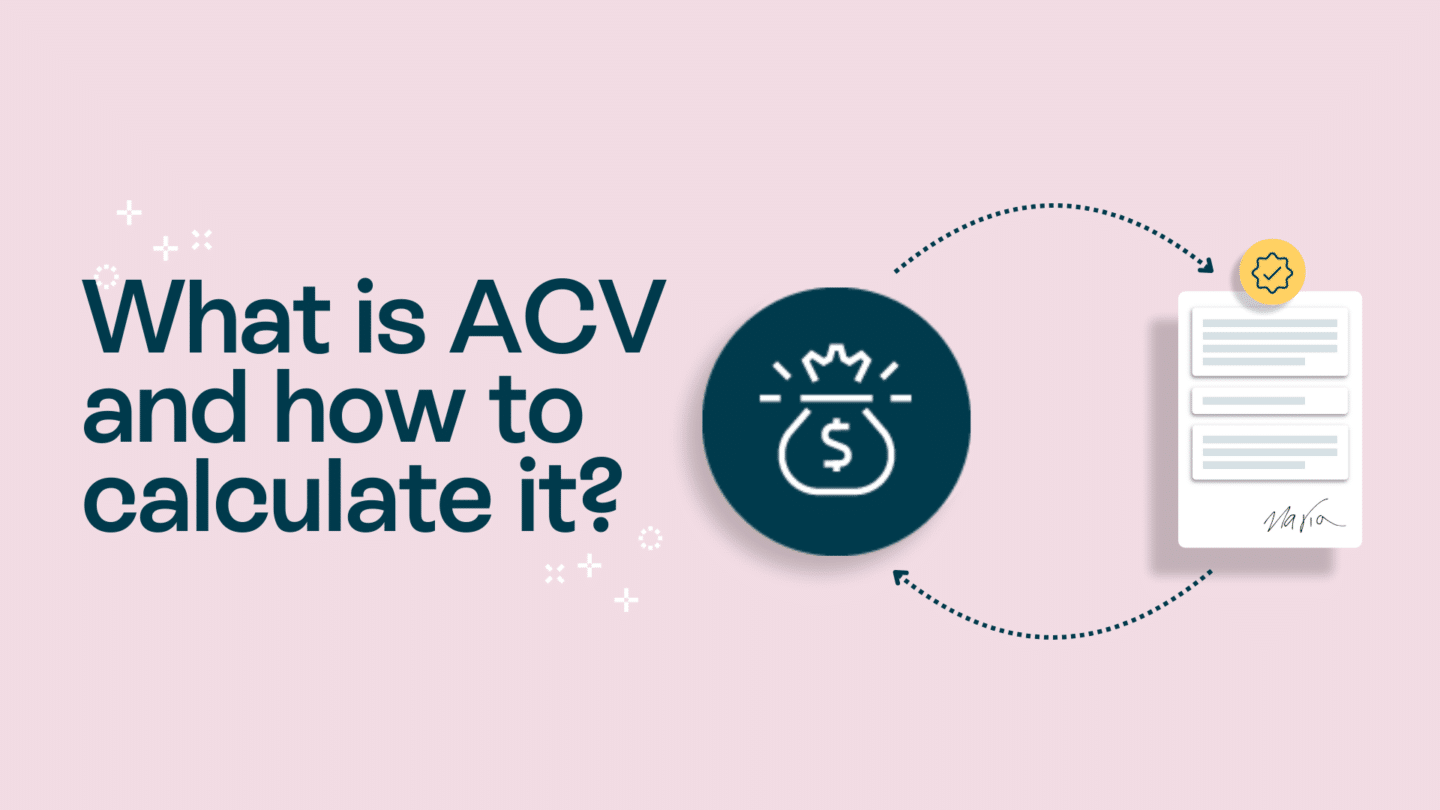Contracts are an integral part of our daily lives, whether we realize it or not. From purchasing goods online to signing employment agreements, contracts define the relationships and obligations between parties involved. As an individual, it is crucial to understand your contractual obligations to protect your rights and avoid unintended consequences. In this article, we will explore the basics of contracts, the importance of understanding them, the key elements they consist of, how to interpret contractual terms, and the consequences of breaching a contract.
What is a contract?
At its core, a contract is a legally binding agreement between two or more parties who agree to perform specific tasks, deliver goods, or provide services. It establishes the rights and responsibilities of each party involved and ensures that all parties are accountable for their actions. Contracts can be verbal or written, although written contracts are generally preferred as they provide clearer terms and evidence in case of disputes.
Contracts play a vital role in various aspects of life, from business transactions to personal agreements. They provide a framework for parties to negotiate and formalize their commitments, creating a sense of security and trust. Without contracts, the business world would be chaotic, and individuals would face uncertainty when entering agreements.¨
Read also: What are digital contracts?

The basics of contracts
In its simplest form, a contract consists of three essential elements: an offer, an acceptance, and consideration. An offer is a proposal made by one party to another, expressing a willingness to enter into an agreement. It can be as straightforward as a spoken statement or as formal as a written document outlining the terms and conditions. To form a contract, this offer must be accepted by the other party, creating an agreement based on mutual consent.
Consideration refers to something of value exchanged between the parties, such as money, goods, or services. It is a crucial element as it demonstrates that both parties are giving up something of value and are bound by the terms of the contract. Without consideration, a contract may be deemed unenforceable.
Contracts can also include additional clauses and provisions that further define the rights and obligations of the parties involved. These clauses may cover topics such as termination, dispute resolution, confidentiality, and indemnification. It is essential to carefully review and understand these additional terms before entering into a contract.
Different types of contracts
Contracts come in various forms, each tailored to serve different purposes. Understanding the different types of contracts is essential as they may have specific terms and conditions that apply to them.
Sales Contracts: These contracts govern the purchase or sale of goods or services. They outline the price, quantity, quality, and delivery terms, ensuring that both the buyer and the seller are aware of their rights and obligations.
Lease Agreements: Lease agreements are commonly used in real estate to outline the terms and conditions of renting a property. They specify the rent amount, duration of the lease, security deposit, and any other relevant provisions.
Employment Contracts: Employment contracts establish the relationship between an employer and an employee. They detail the terms of employment, including job responsibilities, compensation, benefits, and termination procedures.
Service Agreements: Service agreements are contracts between a service provider and a client. They define the scope of services, payment terms, timelines, and any other specific requirements.
These are just a few examples of the many types of contracts that exist. Each contract type serves a unique purpose and comes with its own set of rules and regulations. It is crucial to understand the specific terms and conditions of the contract you are entering into to ensure compliance and protect your rights.
Read also: Contract extension: What you need to know

The importance of understanding your contract
Reading contracts thoroughly and comprehending their content is of utmost importance. Unfortunately, many people tend to skim over or ignore the contractual terms, only to find themselves in unpleasant situations later on. Here are a few reasons why you should allocate time to understand your contracts:
Why you should read your contract thoroughly
Contracts contain essential information about the agreed-upon terms, conditions, and obligations. By reading through the entire document, you can ensure that you fully grasp what is expected of you and your responsibilities in the agreement. This knowledge empowers you to make informed decisions and protect your rights.
The consequences of ignoring contractual obligations
Failure to fulfill your contractual obligations can have severe consequences. It can result in financial loss, damage to your reputation, or even legal action. By understanding and fulfilling your obligations, you mitigate the risk of facing such negative outcomes and maintain the trust and confidence of the other party or parties involved.
Read also: Contract management with digital agencies: What is it & why is it important

Some key elements of a contract
Contracts consist of various elements that define their validity and enforceability. Understanding these key elements is essential for ensuring that your contract is fair and encompasses all the necessary components. The main elements of a contract include:
Offer and acceptance
An offer is the initial step in forming a contract. It involves one party proposing terms and conditions to another party. To create a valid contract, the offer must be accepted by the other party without any modifications or conditions. Acceptance creates the meeting of minds and establishes the agreement.
Consideration
Consideration is the exchange of something of value between the parties involved in the contract. It can be monetary compensation, goods, or services. Without consideration, a contract lacks the element necessary to make it legally binding. It ensures that there is mutuality and fairness in the contractual relationship.
Legality of purpose
A contract must have a lawful purpose for it to be enforceable. This means that the agreement’s objective must not violate any laws or public policy. Contracts that involve illegal activities, such as fraud or the sale of illegal substances, are void and unenforceable.
Read also: Is an agreement the same as a contract?

Understanding contractual terms
Contracts often contain complex language and terms that may be challenging to understand for those who are not familiar with legal terminology. However, deciphering these terms is vital for understanding your rights and obligations. Here are a few key points to keep in mind:
Common contractual terms and their meanings
Contracts may include terms such as indemnification, force majeure, arbitration, or confidentiality. Familiarizing yourself with common contractual terms can help you navigate through the document more effectively. If there are any terms you are uncertain about, consider consulting with a legal professional for clarification.
How to interpret contractual language
Interpreting contractual language is crucial for understanding the scope and intent of the agreement. When reading a contract, pay attention to specific details, such as obligations, timelines, and conditions. If there are any ambiguities or inconsistencies, seek clarification from the other party or consult with a legal professional.
Read also: Contract tracking: A complete guide

Breach of contract
If one party fails to fulfill its contractual obligations, it is considered a breach of contract. Breaches can vary in severity and can range from minor infractions to significant failures. Understanding what constitutes a breach and how it affects both parties is vital to protecting your interests.
What constitutes a breach of contract?
A breach of contract occurs when one party fails to perform its duties as outlined in the agreement. This can include late or incomplete delivery, non-payment, or any violation of the agreed-upon terms. It is essential to review your contract thoroughly to identify potential breaches and take appropriate actions if necessary.
Hw to solve a breach of contract
If a breach of contract occurs, there are remedies available to the injured party. These remedies may include specific performance, monetary damages, or cancellation of the contract. The appropriate remedy depends on the nature and extent of the breach. Seeking legal advice is advisable when dealing with a breach to ensure that you understand your options and rights.
The key takeaways
In conclusion, understanding your contractual obligations is crucial for safeguarding your rights and avoiding any unintended consequences. By comprehending the basics of contracts, the importance of reading them thoroughly, and the key elements they consist of, you can navigate contractual agreements more confidently. Furthermore, gaining knowledge in interpreting contractual terms and understanding the consequences of breaching a contract empowers you to make informed decisions and protect your interests. Remember, being proactive and diligent in understanding your contractual obligations is the key to a successful and mutually beneficial agreement.





